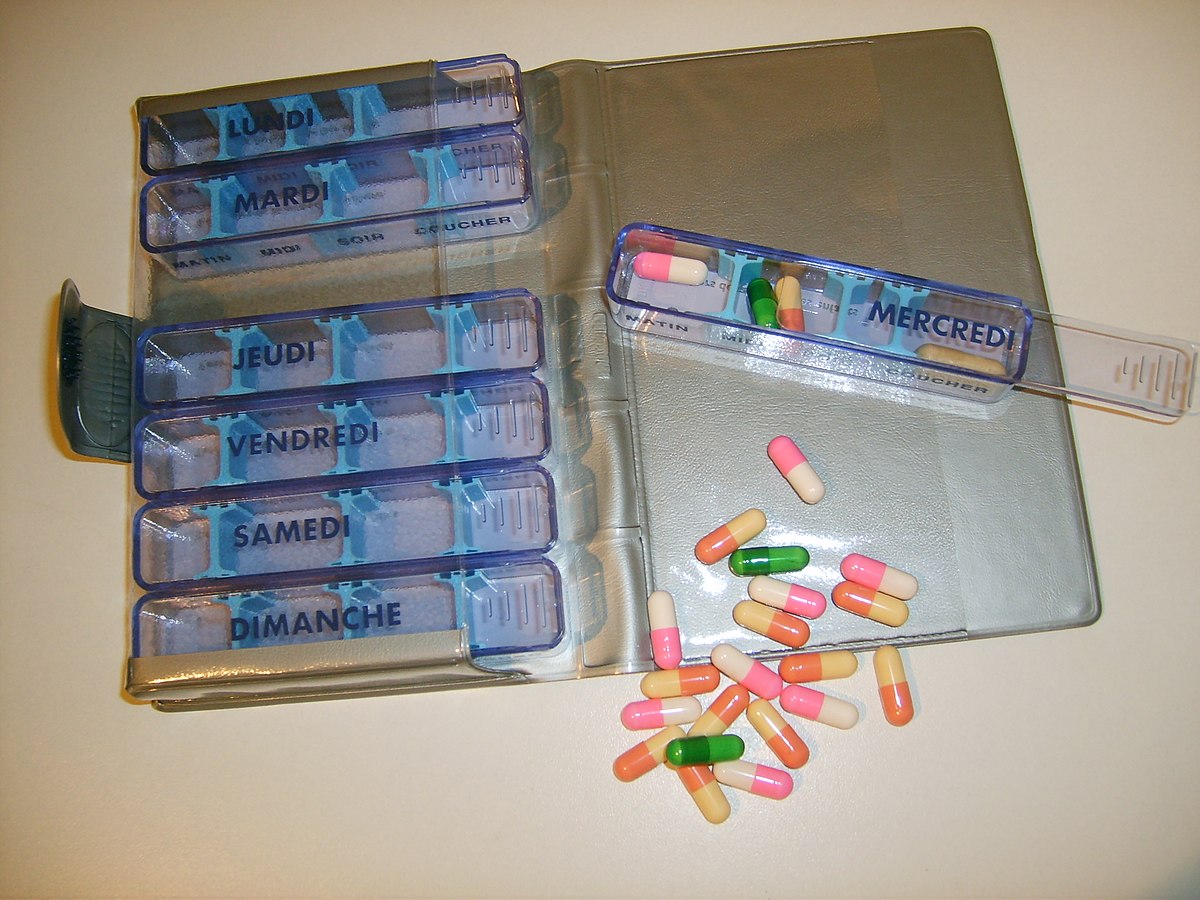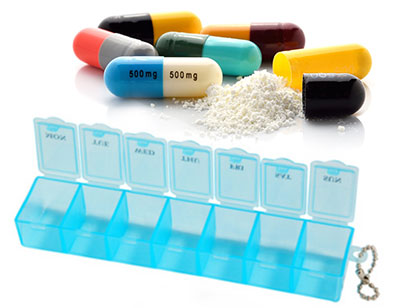- All
- Product Name
- Product Keyword
- Product Model
- Product Summary
- Product Description
- Multi Field Search
Views: 199 Author: XianDa Publish Time: 2024-12-04 Origin: Site

The use of pill boxes is a common practice among individuals managing multiple medications. These containers, often referred to as medicine paper boxes, can help organize and simplify the process of taking medications. However, there are important considerations regarding their use, safety, and effectiveness. This article explores the implications of using pill boxes for medication storage, including best practices, potential risks, and recommendations for safe usage.


Pill boxes are designed to hold various medications in an organized manner. They come in different shapes, sizes, and configurations, often featuring compartments for each day of the week or specific times of the day. The primary purpose of a pill box is to help individuals manage their medication schedules more effectively.
1. Weekly Pill Organizers: These typically have seven compartments, one for each day of the week.
2. Daily Pill Dispensers: Designed for individuals who take multiple doses throughout the day.
3. Smart Pill Boxes: Equipped with technology to remind users when to take their medications.
4. Travel Pill Cases: Compact options that allow users to carry a few days' worth of medications while on the go.
- Improved Adherence: Studies have shown that using pill boxes can significantly improve medication adherence among patients, particularly those with chronic conditions.
- Organization: They allow for easy sorting of medications, reducing confusion and ensuring that doses are not missed.
- Portability: Many pill boxes are compact and easy to carry, making them convenient for travel or daily commutes.
Pill Box Organization
While pill boxes offer numerous advantages, there are safety considerations that users must keep in mind.
Medications should be stored in a cool, dry place away from direct sunlight. Placing them in a pill box may expose them to moisture or heat if not stored properly. Always ensure that the pill box itself is made from materials that do not react with the medications.
Some medications require specific storage conditions (e.g., refrigeration) to maintain their effectiveness. Before transferring any medication into a pill box, it is essential to check if it can be stored outside its original packaging without compromising its integrity.
When using a pill box, it is crucial to ensure that each compartment is clearly labeled with the name of the medication and dosage instructions. This can prevent dangerous mix-ups and ensure that individuals take the correct medication at the right time.
Despite their advantages, there are potential risks associated with using pill boxes for medication storage.
Similar-looking pills can easily be confused when placed together in a pill box. This risk is particularly high for individuals taking multiple medications with similar appearances or names. To mitigate this risk, consider using different compartments or color-coded labels for different types of medications.
When medications are transferred from their original packaging to a pill box, important information such as expiration dates and dosage instructions may be lost. It is essential to keep track of this information separately or maintain a digital record accessible via smartphone apps.
If not cleaned regularly, pill boxes can harbor bacteria or mold, especially if they hold moist or sticky medications. Regular cleaning and maintenance are necessary to prevent contamination. It's advisable to clean your pill box at least once a week.
To maximize the benefits and minimize risks associated with using pill boxes, consider the following best practices:
Before transferring medications into a pill box, consult with a healthcare provider or pharmacist to ensure that it is safe to do so. They can provide guidance on which medications can be stored together and which should remain in their original containers.
Label each compartment clearly with the name of the medication and dosage instructions to avoid confusion. Using waterproof labels can help maintain clarity even if exposed to moisture.
Keep original packaging nearby or take pictures of labels for reference regarding expiration dates and usage instructions. This practice ensures that you have access to critical information about your medications at all times.
Clean your pill box regularly with soap and water or disinfectant wipes to prevent contamination. Allow it to dry completely before refilling it with medications.
Regularly check your medications for expiration dates and discard any expired pills properly according to local guidelines.
Cleaning Pill Box
To illustrate the effectiveness of using medicine paper boxes in managing medication regimens, consider these real-life case studies:
John is a 65-year-old man diagnosed with hypertension and diabetes. He takes multiple medications daily but often forgot his afternoon doses due to his busy schedule. After consulting his pharmacist, he started using a weekly pill organizer labeled with each medication's name and dosage instructions. Within weeks, John reported improved adherence to his medication regimen and better overall health management.
Mary is an 80-year-old woman living alone who takes several medications for arthritis and heart disease. Her daughter noticed that Mary was frequently missing doses due to confusion over her complex regimen. By introducing a daily pill dispenser with alarms set for each dose time, Mary was able to manage her medications more effectively without relying solely on memory.
The market has seen innovative designs aimed at enhancing the usability and safety of medicine paper boxes:
Smart pill boxes equipped with Bluetooth technology can connect to mobile apps that send reminders when it's time to take medication. Some models even track adherence patterns and alert caregivers if doses are missed.
For families with young children, many manufacturers now offer child-resistant designs that prevent accidental access while still being user-friendly for adults.
Using a medicine paper box or pill box can be an effective way to manage medications; however, it is essential to do so carefully. By understanding the benefits and risks associated with their use and following best practices for storage and organization, individuals can safely navigate their medication regimens while minimizing potential issues.
---
Yes, but ensure that similar-looking medications are clearly labeled to avoid confusion.
Use warm soapy water or disinfectant wipes; rinse thoroughly and allow it to dry completely before refilling.
Follow your healthcare provider's instructions on what to do if you miss a dose; never double up unless advised.
Yes, some medications require specific storage conditions (like refrigeration) that may not be suitable for a pill box.
Regularly check your medications at least once a month for expiration dates and any changes in dosage instructions from your healthcare provider.